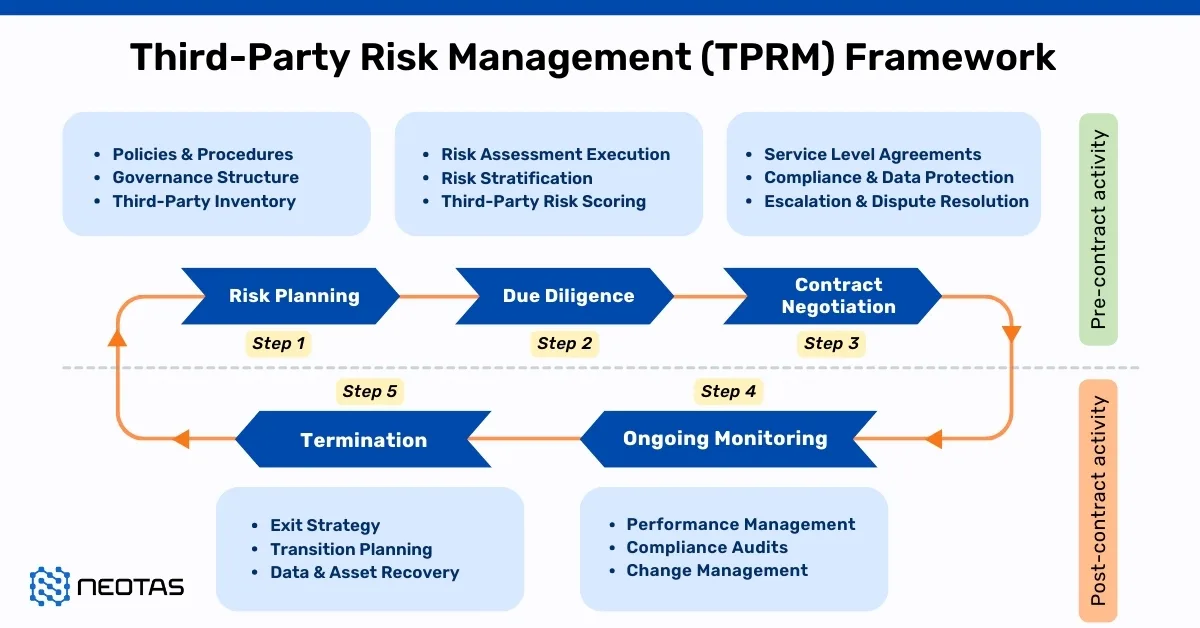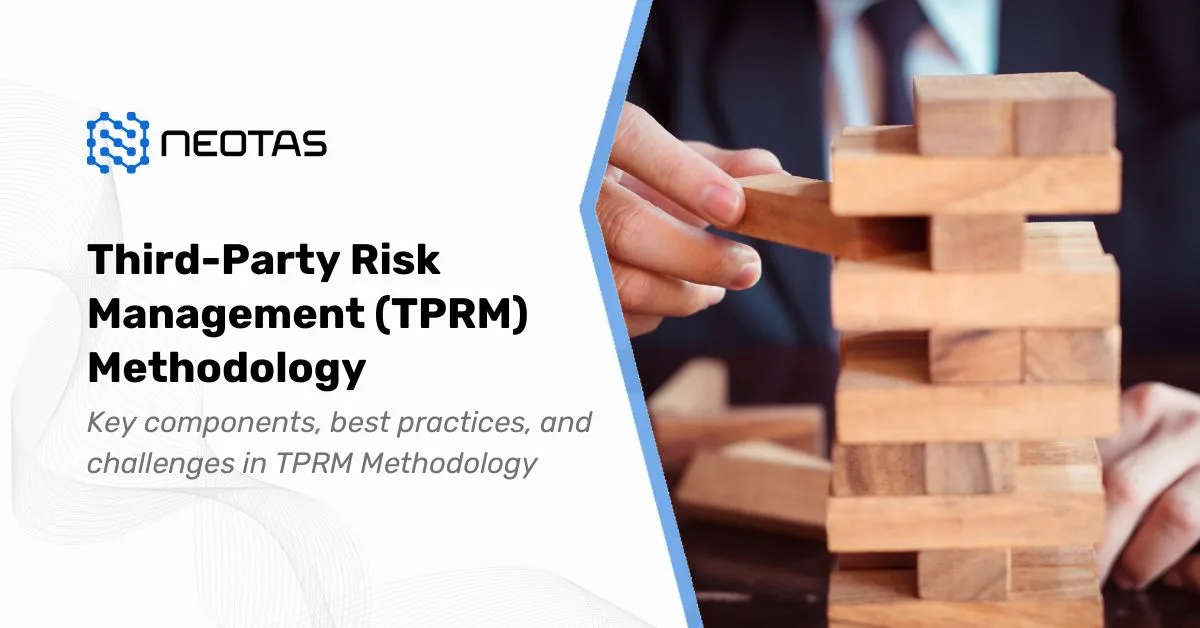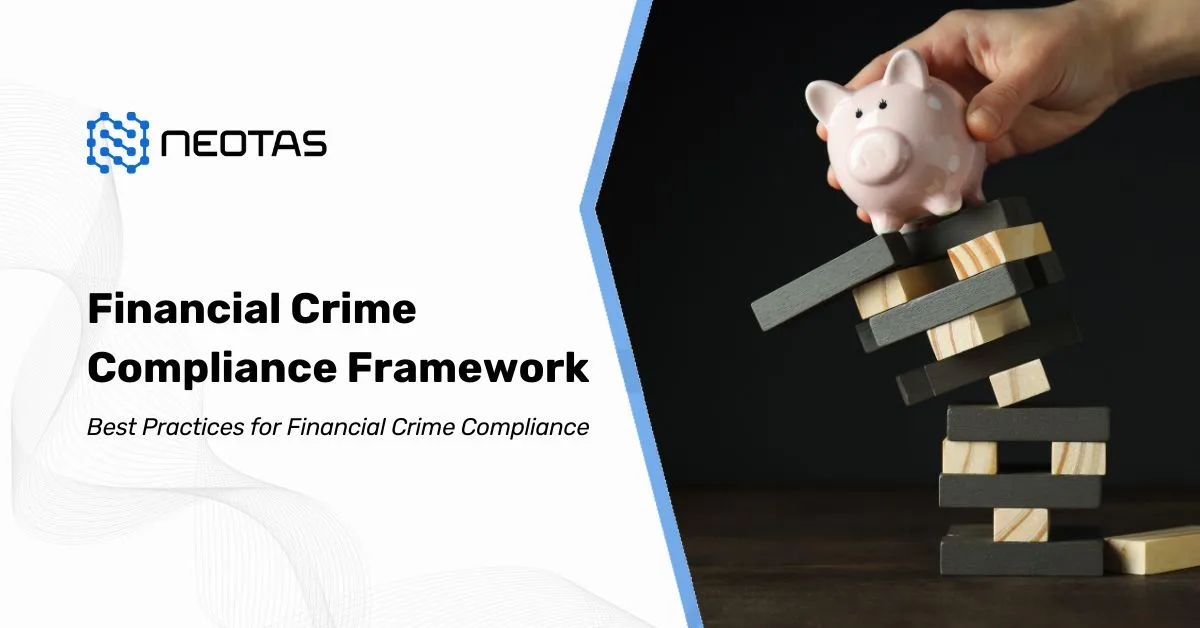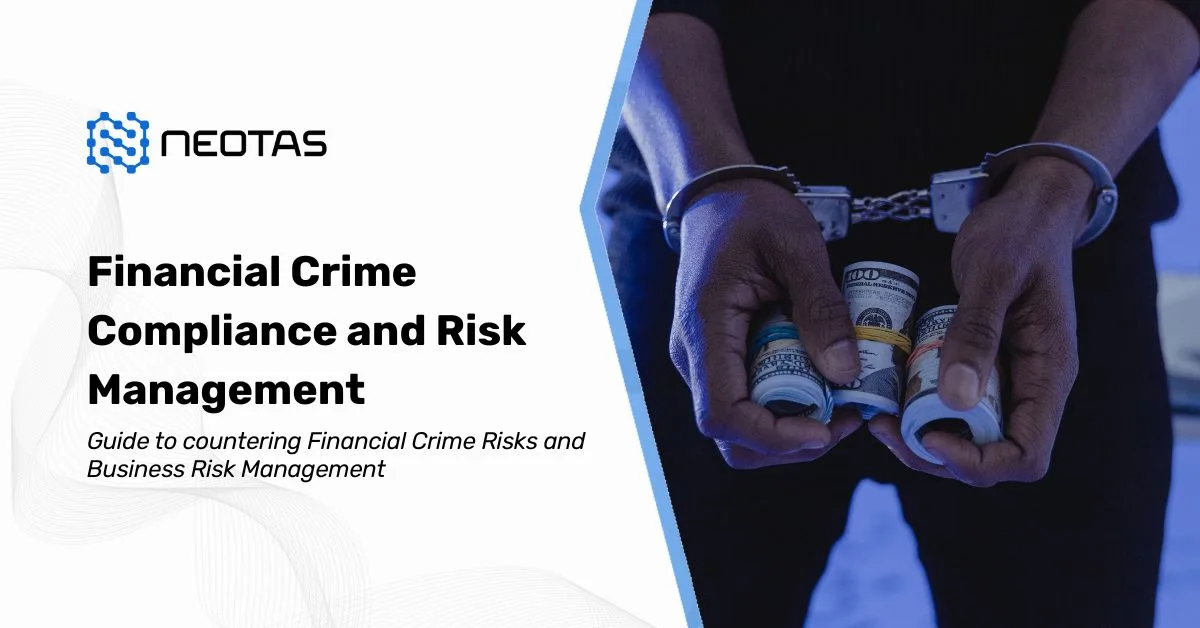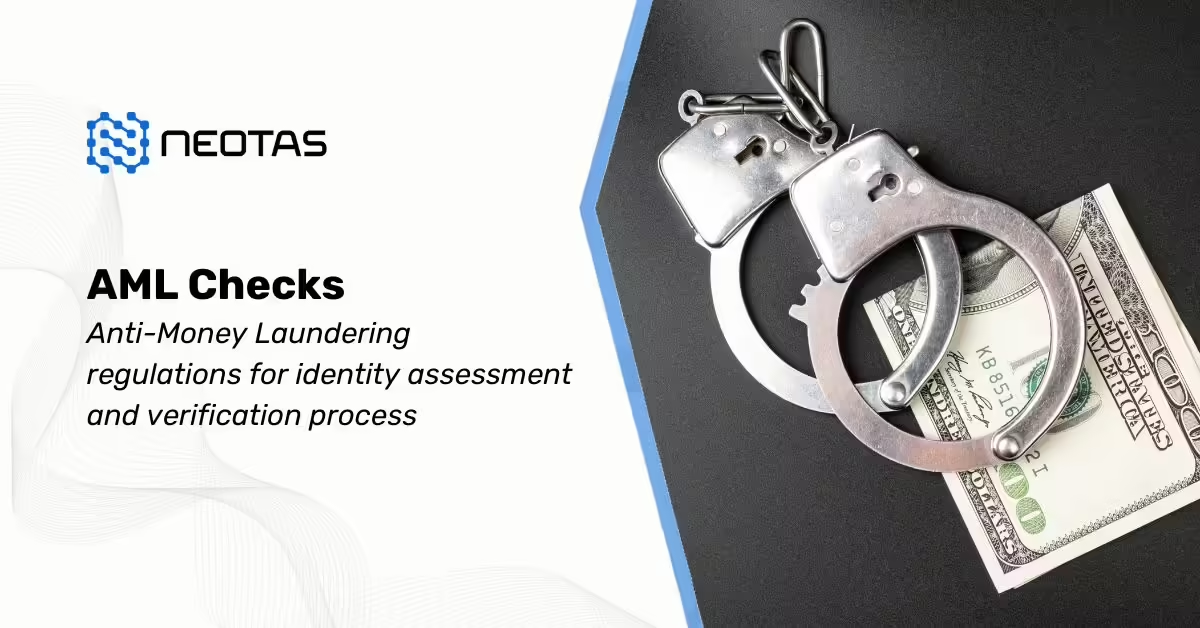Forensic Investigation and Financial Audit
Forensic investigation and financial audit are both processes that involve examining financial records and transactions, but they have distinct purposes, scopes, and methodologies. Here are the key differences between forensic investigation and financial audit:
Purpose:
- Forensic Investigation: A forensic investigation serves the primary purpose of meticulously uncovering and gathering evidence pertaining to financial misconduct, fraud, embezzlement, or any suspected irregularities in financial activities. This process is typically initiated in response to specific suspicions or allegations of wrongdoing within an organisation.
- Financial Audit: On the other hand, a financial audit is primarily conducted to offer an impartial and objective evaluation of an organisation’s financial statements and records. The focus lies in determining the accuracy of these statements and ensuring compliance with established accounting standards. Financial audits are undertaken to provide stakeholders, such as investors, creditors, and regulatory bodies, with confidence in the reliability of the financial information presented.
Scope:
- Forensic Investigation: The scope of a forensic investigation is tailored to a particular incident or allegation of financial misconduct. It is precision-targeted towards identifying and accumulating evidence directly related to the suspected wrongdoing. This narrow focus allows investigators to delve deeply into the specific matter at hand.
- Financial Audit: In contrast, a financial audit encompasses a broader spectrum of examination. It encompasses a comprehensive evaluation of financial statements, transactions, internal controls, and various financial processes. The aim is to ensure the completeness, accuracy, and compliance with established accounting principles. This wide-ranging approach provides a holistic view of an organisation’s financial integrity.
Initiator:
- Forensic Investigation: Forensic investigations are typically triggered in response to specific suspicions or allegations of financial wrongdoing. They are initiated when concerns arise regarding potential fraud, misconduct, or irregularities within an organisation. This proactive response is crucial in addressing and resolving potential financial misconduct.
- Financial Audit: Financial audits are conducted as a routine part of an organisation’s financial reporting process. They may also be mandated by regulatory requirements or requested by stakeholders. Unlike forensic investigations, financial audits are not solely reactive but are integral to maintaining transparency and accountability in financial reporting.
Methodology:
- Forensic Investigation: Forensic investigations employ a meticulous and detail-oriented methodology. This involves in-depth analysis, comprehensive interviews, and thorough data collection to unearth evidence of fraud or misconduct. Investigators follow leads and patterns to meticulously trace and identify irregularities, leaving no stone unturned.
- Financial Audit: In contrast, financial audits adhere to a systematic and standardised approach. Auditors follow well-defined auditing standards and established procedures to verify the accuracy of financial statements and evaluate internal controls. This methodical process ensures consistency and reliability in the assessment of financial records.
Reporting:
- Forensic Investigation: The findings of a forensic investigation are presented in a detailed and comprehensive report. This report encompasses a thorough analysis of gathered evidence, supported by robust documentation and conclusions. It is often utilised as crucial evidence in legal proceedings or as a basis for disciplinary actions.
- Financial Audit: The result of a financial audit is an audit report that articulates the auditor’s opinion on the fairness and accuracy of the financial statements. This opinion is expressed through terms such as “fair presentation,” “material misstatement,” or “unqualified opinion.” The report serves as an authoritative statement regarding the integrity of the financial information.
Outcome:
- Forensic Investigation: The outcome of a forensic investigation primarily serves as a foundation for legal actions, disciplinary measures, or other remedies against individuals or entities implicated in financial misconduct. It plays a pivotal role in ensuring accountability and justice in cases of financial wrongdoing.
- Financial Audit: Conversely, the outcome of a financial audit is chiefly geared towards instilling confidence in stakeholders. It assures them of the accuracy and reliability of the financial information presented by the organisation. This, in turn, empowers stakeholders to make informed decisions based on a foundation of accurate financial data.
Difference between forensic investigation and financial audit:
While both forensic investigation and financial audit involve examining financial records, they differ in terms of their objectives, focus, initiation, methodology, and reporting. Forensic investigation is more oriented toward identifying evidence of financial wrongdoing, while a financial audit focuses on assessing the accuracy and reliability of financial statements for the benefit of stakeholders.
The forensic investigation and financial audit are distinct processes with unique objectives, methodologies, and scopes. Forensic investigation is primarily aimed at uncovering evidence of financial misconduct, fraud, or embezzlement in response to specific suspicions or allegations. It involves a focused examination of transactions and records to gather compelling evidence for potential legal action.
On the other hand, a financial audit is conducted to provide an independent and objective assessment of an organisation’s financial statements. It aims to ensure the accuracy and compliance of financial records with established accounting standards. Financial audits are integral to providing stakeholders with confidence in the reliability of the presented financial information.
While both processes involve scrutinising financial records, they serve different purposes. Forensic investigation is reactive, responding to suspicions of wrongdoing, whereas financial audits are proactive, conducted regularly to assure stakeholders of financial transparency. The methodologies also differ, with forensic investigations employing detailed analysis, interviews, and data collection, while financial audits follow standardised procedures and established auditing standards.
Forensic investigations and financial audits play crucial roles in maintaining financial integrity within organisations. They complement each other by addressing specific concerns of potential misconduct and providing stakeholders with assurance regarding the accuracy of financial reporting. Both processes contribute to fostering trust and accountability in financial operations.
More Related Questions on forensic investigation and financial audit
What is the difference between a forensic investigation and a financial audit?
A forensic investigation is a thorough examination of financial records, transactions, and documents to uncover evidence of fraud, embezzlement, or other financial wrongdoing. It aims to identify and preserve evidence for legal proceedings. On the other hand, a financial audit is a systematic review of a company’s financial statements and internal controls to ensure accuracy, compliance with accounting standards, and reliability for external stakeholders.
What is forensic investigation and audit?
Forensic investigation involves the in-depth examination and analysis of financial records and transactions to detect and prove instances of financial misconduct or fraud. A financial audit, on the other hand, is a systematic examination of a company’s financial statements and associated processes to provide an independent assurance on their accuracy and compliance with accounting principles.
What is a financial forensic investigation?
A financial forensic investigation is a specialised examination of financial records, transactions, and documents with the aim of uncovering evidence of financial fraud, embezzlement, or other financial misconduct. It involves detailed analysis and reconstruction of financial activities to support legal proceedings.
What is the difference between audit and forensic audit?
An audit is a comprehensive review of financial statements and internal controls to ensure accuracy and compliance with accounting standards. A forensic audit, however, focuses on investigating financial records and transactions to uncover evidence of fraud or financial misconduct.
What are the two main types of forensic audit?
The two main types of forensic audit are proactive and reactive. Proactive forensic audits are conducted to identify and prevent potential financial irregularities before they occur. Reactive forensic audits are carried out after suspicions or allegations of financial misconduct have arisen, aiming to gather evidence for legal proceedings.
What are the two types of investigation in auditing?
The two types of investigations in auditing are compliance audits, which assess adherence to established policies and procedures, and substantive audits, which involve detailed testing and analysis of specific financial transactions and account balances.
Who is eligible for forensic audit?
Forensic audits are typically conducted by certified forensic accountants or professionals with expertise in financial investigations. They may be engaged by organisations, regulatory bodies, or legal authorities to examine financial records in cases of suspected fraud or financial misconduct.
What is the main purpose of forensic audit?
The main purpose of a forensic audit is to investigate and uncover evidence of financial irregularities, fraud, embezzlement, or other financial misconduct. It aims to provide a detailed account of the circumstances surrounding such activities, often in support of legal proceedings.
What is the purpose of forensic investigation?
The purpose of a forensic investigation is to conduct a thorough examination of financial records and transactions to identify, preserve, and present evidence of financial wrongdoing, with the ultimate goal of supporting legal action against those responsible.
What is an example of a forensic audit?
An example of a forensic audit could be a detailed examination of a company’s accounts payable records to identify any instances of fictitious vendors or unauthorised payments, providing evidence of fraudulent activities.
What is a financial investigation called?
A financial investigation is often referred to as a forensic investigation, forensic audit, or financial forensic investigation.
What is the role of a financial investigation?
The role of a financial investigation is to methodically analyse financial records, transactions, and documents to uncover evidence of financial misconduct, fraud, or embezzlement. This evidence is crucial in supporting legal actions against individuals or entities involved in such activities.
What are the key benefits of forensic audit?
Key benefits of a forensic audit include detecting and preventing financial fraud, preserving evidence for legal proceedings, safeguarding company assets, and enhancing overall financial transparency and integrity.
How much is a forensic audit costs?
The cost of a forensic audit can vary widely depending on factors such as the complexity of the investigation, the scope of work, and the expertise required. It is advisable to obtain quotes or engage a reputable forensic audit firm for a specific estimate.
Who is a forensic auditor?
A forensic auditor is a professional with expertise in conducting forensic investigations and audits. They are trained to examine financial records, transactions, and documents in detail to uncover evidence of financial misconduct, fraud, or embezzlement.
What are the 4 types of forensic analysis?
The four types of forensic analysis include financial analysis, digital analysis (involving electronic data and devices), physical analysis (involving tangible evidence), and testimonial analysis (interviews and statements from individuals involved).
What is the process of forensic investigation?
The process of forensic investigation typically involves planning, data collection and analysis, interviews and interrogations, report preparation, and, if necessary, providing expert testimony in legal proceedings.
What are 4 types of search patterns?
Four types of search patterns commonly used in forensic investigations are grid search, line search, zone search, and spiral search. Each pattern is suited for different types of terrain and evidence.
What is the time period for forensic audit?
The time period for a forensic audit can vary widely depending on the complexity of the case and the scope of work involved. It may range from several weeks to several months.
Is forensic audit mandatory?
Forensic audits are not mandatory for all organisations. They are typically conducted on a case-by-case basis in response to suspicions or allegations of financial misconduct. However, certain regulatory bodies or legal authorities may mandate a forensic audit in specific circumstances.
What are the limitations of forensic audit?
Limitations of forensic audits may include reliance on available evidence, potential destruction or manipulation of records, difficulty in identifying sophisticated fraud schemes, and legal constraints on obtaining certain information.
What are forensic auditing techniques?
Forensic auditing techniques include data analysis, document examination, interviews and interrogations, forensic accounting methodologies, financial statement analysis, and the use of specialised software tools for detecting anomalies and irregularities.
What is the role of the auditor in a financial crime investigation?
The role of the auditor in a financial crime investigation is to conduct a thorough examination of financial records and transactions, identify irregularities or evidence of financial misconduct, and provide expert analysis and testimony to support legal proceedings.
How does forensic auditing affect financial performance?
Forensic auditing, by uncovering and addressing instances of financial misconduct or fraud, can have a positive impact on financial performance. It helps safeguard company assets, maintain financial transparency, and prevent potential financial losses.
What is green flag in audit?
A “green flag” in audit terminology typically signifies that a particular aspect of the audit has met the required standards and is considered compliant or satisfactory.
What are the stages of audit investigation?
The stages of an audit investigation generally include planning, data collection and analysis, interviews and interrogations, report preparation, and, if necessary, providing expert testimony in legal proceedings.
What is audit investigation?
Audit investigation is a comprehensive review and examination of financial records, transactions, and associated processes to ensure accuracy, compliance with accounting standards, and reliability for external stakeholders. It aims to provide an independent assurance on the financial statements of an organisation.
Locate hidden risks and connections in ‘networks’. Run investigations with our proven search techniques.
- Schedule a Call with Neotas Financial Intelligence Unit. We would be happy to take this opportunity to discuss tailored solutions, share expert guidance, and address specific financial intelligence needs for your organisation.

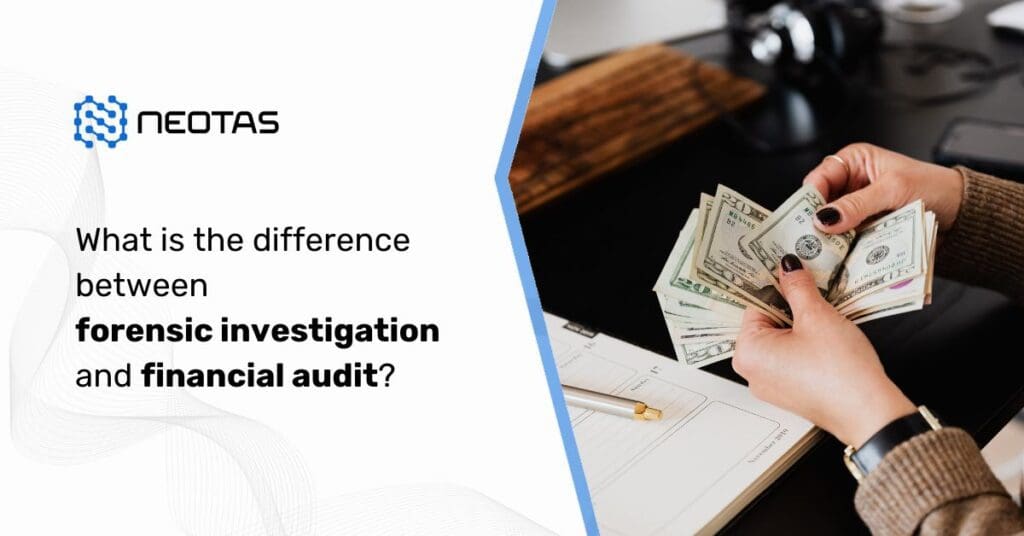

 New Whitepaper and Checklist
New Whitepaper and Checklist